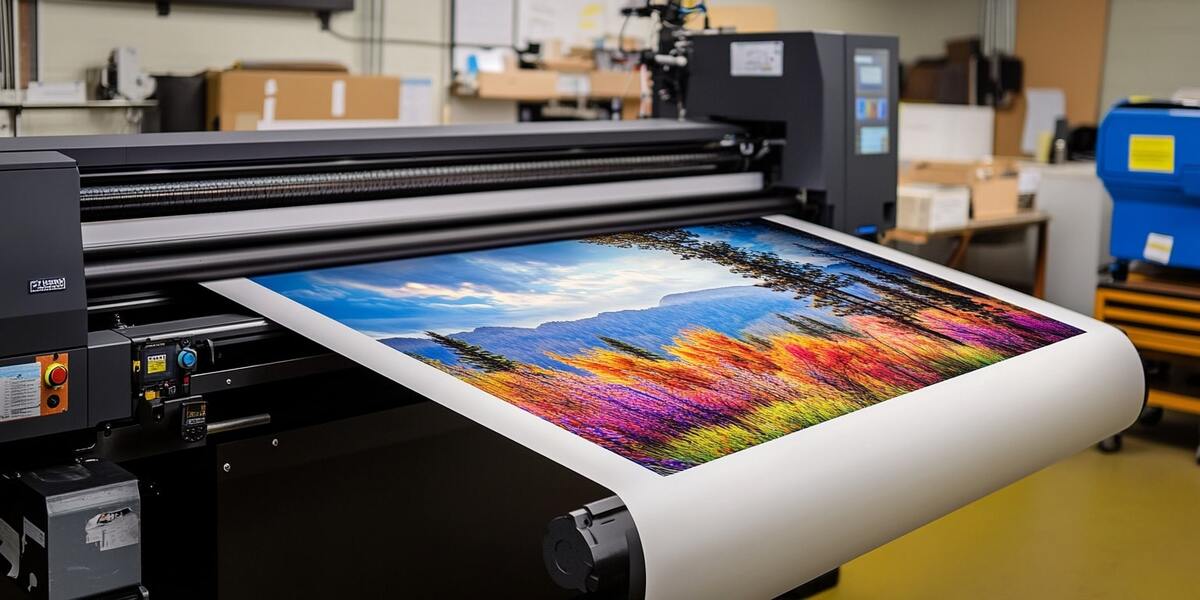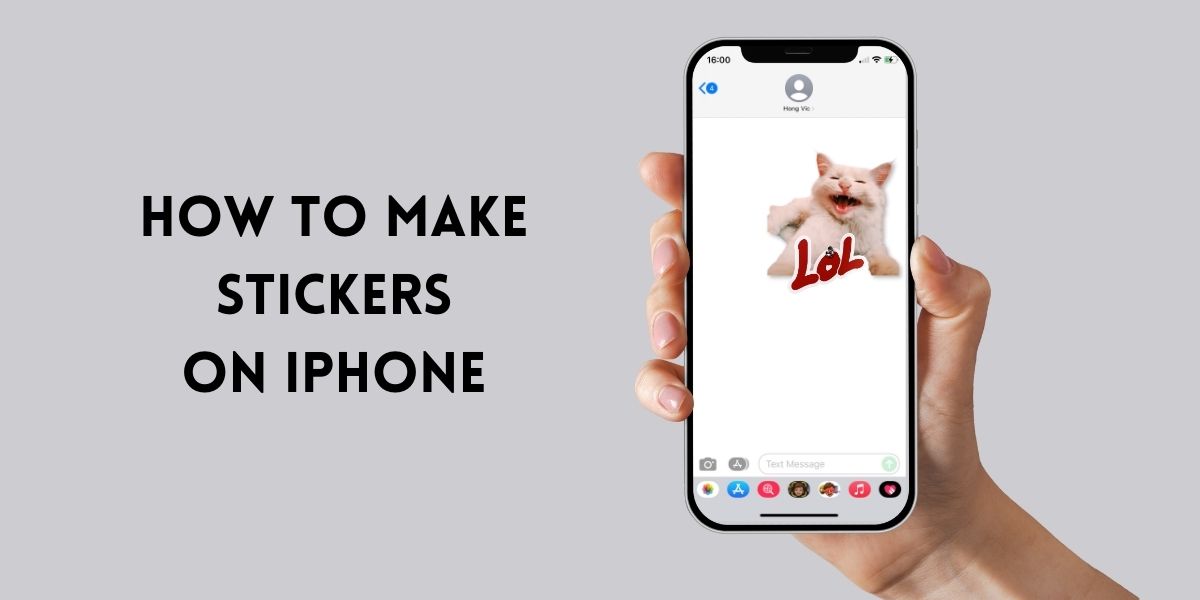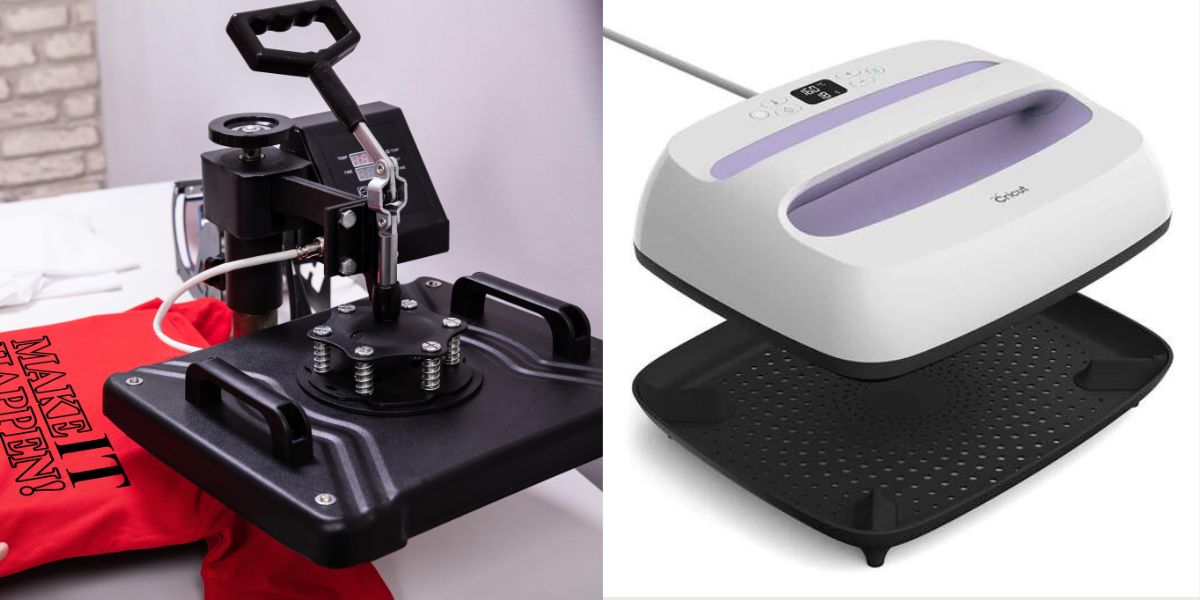
Blog
What is Digital Printing: How It Works, Best Applications & Final Products

Digital printing, offers unique advantages over traditional techniques, has become the ideal choice for how we produce a wide range of printed products. Because of its popularity, many may want to know “what is digital printing” and whether it is the suitable method you are looking for.
To help you with all these questions, in this blog post, together we will explore the basics of digital printing. By discovering “what is digital printing” as well as its best applications and the types of final products it can create, you will know if it is what you need for your project. So, let’s dive in.
What is Digital Printing?
In the late 20th century, computers and digital technology advanced. This led to the birth of digital printing, marking a significant change from traditional printing methods that require printing plates or other equipment.
What is digital printing? It is the process of printing digital images directly onto various media using digital files. This printing process is conducted by a machine, either inkjet or laser printer. Inkjet printers spray tiny droplets of ink onto the paper, while laser printers use a laser beam to transfer toner particles.
You may want to read: “Inkjet vs Laser Printer: 5 criteria to choose the perfect for stickers printing“
Whether the printer type you use, digital printing is generally versatile, allowing for a wide range of applications and the ability to print small or large quantities efficiently.
Besides, by eliminating the need for plates and offering quick turnaround times, digital printing has become the go-to method for many businesses and individuals seeking high-quality prints on demand.
Over time, this technology is even more accessible and affordable, so it is widely used in various industries, from marketing and publishing to fashion and packaging.
How Digital Printing Works
To understand “what is digital printing”, let’s look at the printing process.
- First, a digital file, like a PDF or JPEG, is created using graphic design software and then sent to the digital printer.
- You need to feed the media (paper, fabric, etc.) through the printer.
- The printer reads the data and then applies the ink or toner in precise patterns, creating a high-quality image or text. The printed material is created.
Pros and Cons
When considering “what is digital printing”, it’s important to evaluate both its strengths and limitations.
Pros
- Customization: Using digital files to create exactly the same prints means you can easily adjust and make personalized designs.
- Speed: Digital printing technique does not involve any plates or setup processes so it allows for quick turnaround on projects.
- Cost-effective for short runs: Because this method eliminates setup costs, it is more affordable for small batches and personalized prints than traditional printing.
Cons
- Color accuracy: Digital printing using CMYK color mode to produce prints. So, there can be cases that the printed color may not always match the exact colors you want when you create the digital file. To avoid this mistake, read our related blog post: RGB vs CMYK.
When it comes to “what is digital printing” or considering if it is a suitable option, remember to weigh these pros and cons.
Materials compatible with digital printing
Once you know “what is digital printing” as well as its pros and cons, it’s time for learning about the variety of materials it can be used with. Here’s a quick overview of compatible options:
- Paper (glossy, matte, textured and recycled paper)
- Standard and specialty cardstock
- Adhesive and non-adhesive vinyl
- Plastic
- Fabric
- Metal
- Glass
- Wood
- Ceramic
- Leather
- Foam Board
- …
Final Products of digital printing technique
Since this printing technique can be used on the above listed materials, here are some popular items it can create:
- Stickers and Labels: Custom stickers are one of the most popular products of digital printing. They can be printed for branding, packaging or personal uses. Digital printing allows stickers and labels to be printed in various shapes, sizes, and designs.
- Signage: Digital printing is used to create eye-catching banners, durable outdoor signs, and vibrant window graphics. These products are ideal for advertising and promotional purposes.
- Printed Apparel: You can make customized t-shirts, hats, caps, hoodies, tote bags with unique designs and logos.
- Photo Products: Create stunning canvas prints, personalized photo books, and unique gifts. Digital printing brings your photos to life with high-quality, long-lasting results.
- Promotional Items: Digital printing is also great for creating branded pens, mugs, and keychains. These items make excellent giveaways and promotional tools.
These diverse products highlight the versatility of digital printing, making it a valuable choice for both personal and business needs.
When should I choose Digital printing
So, after clarifying “what is digital printing” as well as basic aspects of this printing method, we can see that it’s a great choice if you are looking for:
- Vibrant colors and precise detail prints
- For projects that require fast turnaround, high customization
- Cost-effectiveness for small runs.
This printing is ideal for producing custom stickers, promotional materials, or personalized photo products.
For more insights on different printing methods and their applications, be sure to explore our other blog posts on the blog page.
FAQs
1. How can I ensure color accuracy in digital printing?
To ensure color accuracy in digital printing, ensure you change the color code to CMYK. Besides, work with your provider and require print proofs before the final print. It allows you to review and adjust colors to suit your needs.
2. Can digital printing produce metallic or special effects?
Yes, some digital printing presses can handle metallic inks and create special effects like embossing, foiling, and varnishing. However, these capabilities vary by printer, so it’s important to know what kind of printer you are about to purchase or discuss your needs with your printing provider.
3. What file formats are best for digital printing?
For optimal results in digital printing, use file formats that are compatible with most digital printers and ensure high-quality prints. We recommend using files in PSD, AI, PDF, TIFF, JPEG, and EPS.
4. Is there a limit to the size of the item that can be digitally printed?
While digital printing can handle a wide range of sizes, practical limits exist based on the printer’s capabilities. Large format printers can produce very large prints, such as banners and posters, while smaller desktop printers are suited for standard paper sizes.
5. Are there any eco-friendly options available in digital printing?
Yes, many digital printing providers offer eco-friendly options, including recycled paper, water-based inks, and energy-efficient processes. Remember to clarify with your provider to ensure they offer sustainable practices and available green options.













